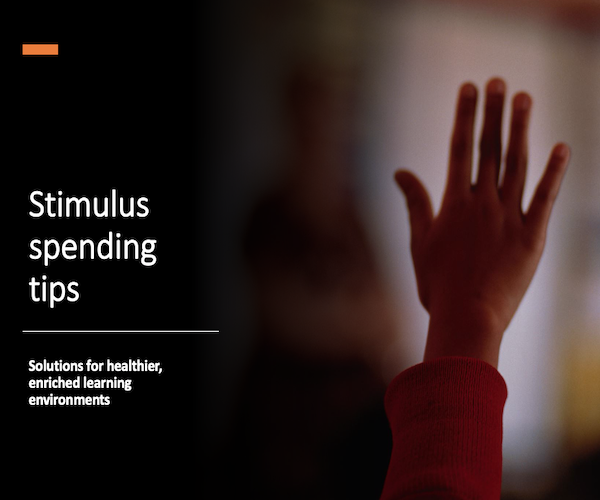Though most jobs have changed dramatically over the last century, the framework on which the K-12 curriculum rests has not, says curriculum designer Antonia Rudenstine.
And despite efforts by some educators, the curriculum in many states lacks the multi-cultural perspectives that are relevant to an increasingly diverse student body, says Rudenstine, the founder of reDesign, a nonprofit educational design consultancy.
reDesign is launching two ambitious projects to bring hundreds of educators and experts together to reimagine K-12 curriculum, and provide schools with affordable tools to redesign instruction, she says.
K-12 content mapping
For the first project, reDesign is inviting content experts from 25 discipline areas to participate in a virtual design studio in June.
The goal is to develop a new K-12 Content Map that shifts away from requiring students to memorize long lists of facts, and toward cross-disciplinary competencies that sync with how the brain learns, Rudenstine says.
Inclusion and antiracism will anchor the map that will also focus on rapidly shifting workforce opportunities.
“Can you remember what you learned about Native Americans after the Trail of Tears,” she says. “Or what you learned about Black people outside of the Civil War and Civil Rights? Did you ever learn anything about Latinos?”
Designers-in-residence
The second initiative, Designers in Residence, will bring together global curriculum designers to create competency-based and more culturally relevant learning materials for middle and high school students.
The materials will be designed as “investigations” that give students plenty of autonomy in using technology to explore a topic, such as the American Revolution. A student’s research could, for example, lead to a broader examination of revolutions around the world, Rudenstine says.
This is more in line with the more analytical work students are expected to do in college, she adds.
“When teachers get the curriculum, it’s teacher-proofed,” she says. “They get a textbook and if it doesn’t work, that’s all they have.”
Innovation hurdles
Rudenstine recognizes, however, that education policies in many states—including testing and grade-reporting requirements—may work against re-envisioning the curriculum.
For example, many districts have to report grades every quarter even though, she says, most students don’t learn in 10-week blocks, she says.
When the project is complete, reDesign intends to share new materials as Google documents and slide decks that teachers can download and adapt to issues in their communities.
“I think the policy environment is very, very crushing to these kinds of adaptations to the system,” she says.









